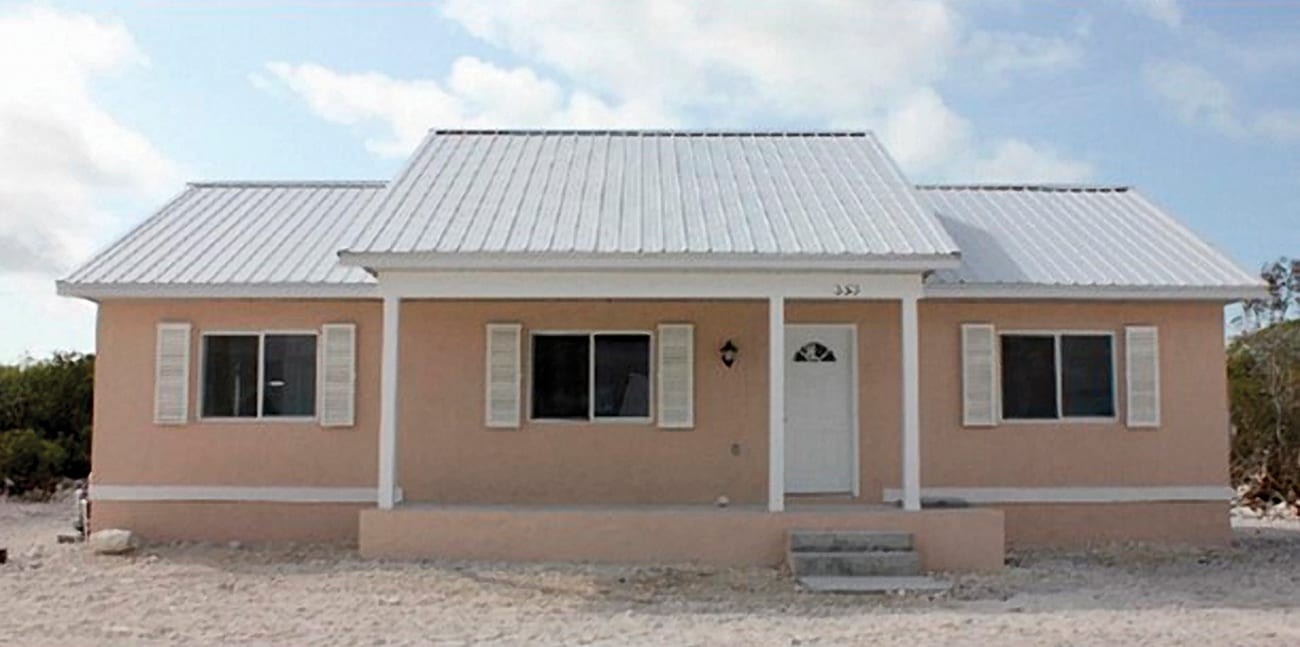
A nanoceramic approach to the climate crisis and carbon reduction
By Jan Thoren
Over the past decade, mounting evidence indicates that natural disasters, including wildfires, floods, earthquakes, and hurricanes, are becoming increasingly more common and more intense throughout the world.1 As the rate at which never-before-seen events take place continues to rise, the need to adopt greater resilience against such events is universally recognized as requiring a global response.
Nations around the world are setting climate-related goals to slow the rising intensity of catastrophic events. For example, the United Nations established a Net Zero Coalition to meet the Paris Accord target of 45% emissions reduction by 2030, followed by net zero by 2050.2 The two most important issues are to “Build Back Better,”3 as per the UN, and to lower carbon emissions as soon as possible.
ADVERTISEMENT
Reducing emissions and developing materials with greater resistance to extreme events were the goals of the late architectural physicist John Orava. In 2001, following 9/11, Orava was tasked by two United States entities (the Federal Emergency Management Agency and Department of Housing and Urban Development) to develop high-performance, low-carbon solutions. Over the next decade, Orava developed and patented several solutions involving closed loop building systems and advanced nanomaterials based on unfired ceramics.
After Orava’s death in 2010, his trustee, innovation partner, and companion Jan Thoren worked to established a new company to commercialize the patents as per his wishes. Thoren and architect Ron Suverkrop founded NanoArchitech in San Francisco, Calif., in 2015. In 2018, Jeff Selph became chief technology officer of NanoArchitech, bringing his own patents and expertise to the company.
The mission of NanoArchitech is to encourage the shift to mainstream sustainability and prepare communities to survive increasing climate-related threats. To do so, inventors at NanoArchitech have pioneered, researched, tested, and built new technologies for various types of infrastructure, including for water storage, bridge and building renovation, and prefabricated housing. However, the company’s main approach to “Build Back Better” involves cementitious nanoceramic composites.
NanoArchitech’s work on nanocomposites was inspired by affordable precast and 3D-printing methods that aim to move modern (square) design toward resilient curvature. NanoArchitech engineers have developed several proprietary nanoceramic formulations that are price competitive due to their unfired manufacturing process, which offers huge cost and carbon savings.
Today’s focus is on affordable and resilient building envelopes, which are described in more detail below. But NanoArchitech plans to someday use its nanocomposites for elaborate structures, such as the marvelous designs of Zaha Hadid (Figure 1).

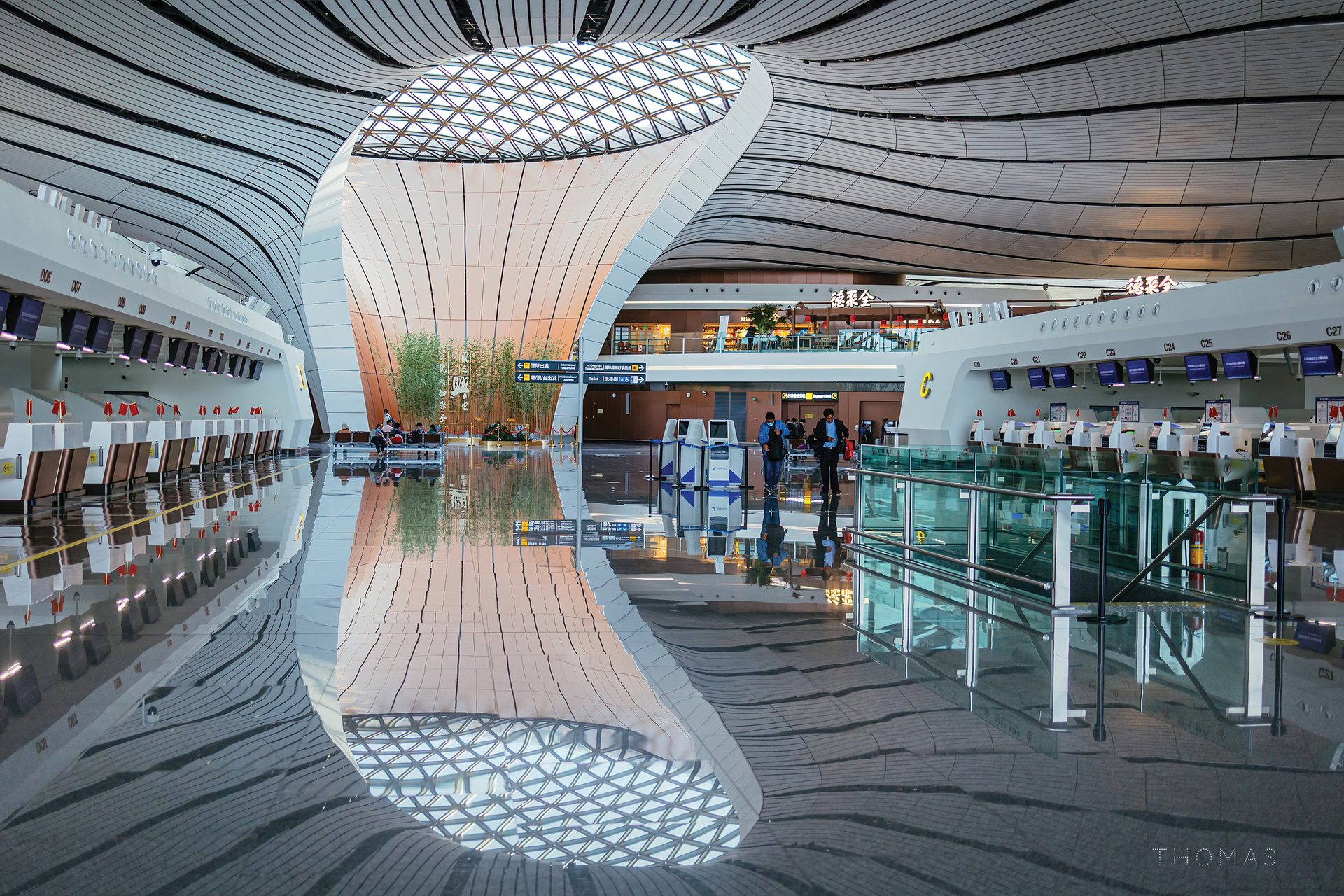
Figure 1. Zaha Hadid, a London-based architect, is known for innovative designs with creative curves. The Beijing Daxing International Airport terminal in China (left) and the One Thousand Museum high-rise residential condominium in Miami, Fla. (right) and are examples of her iconic style. Credit: (left) QuantFoto, Flickr (CC BY-NC-ND 2.0); (right) ucumari photography, Flickr (CC BY-NC-ND 2.0)
Figure 1. Zaha Hadid, a London-based architect, is known for innovative designs with creative curves. The Beijing Daxing International Airport terminal in China (top) and the One Thousand Museum high-rise residential condominium in Miami, Fla. (shown here) and are examples of her iconic style. Credit: (left) QuantFoto, Flickr (CC BY-NC-ND 2.0); (right) ucumari photography, Flickr (CC BY-NC-ND 2.0)
SIDEBAR
NanoArchitech: Steering the legacy of climate tech for a resilient planet
NanoArchitech evolved from 18 years of research and development led by architectural physicist John Orava. The company was formally established in 2015 by architects Jan Thoren and Ron Suverkrop to further develop his technology.
Based on this strong foundational history and years of testing and building, Thoren, CEO, expects that Nanoarchitech’s multifunctional and long-lived products will help propel the green economy, the Environmental Protection Agency’s “Healthy Buildings, Healthy People” initiative, and support net-zero goals.
NanoArchitech has won several awards and acknowledgements in Europe and the United States for its products since 2013, when the company placed as a semifinalist in the Cleantech Open national competition in San Jose, Calif. Since then, other awards include the “Best new materials for a building envelope” in Architectural Record in 2019, the “Most Innovative Architectural technology in 2020” in Builtworlds magazine, and the “Top Ten Material Solution Providers” in Manufacturing Technology Insights in 2021. A full list of awards can be viewed at https://nanoarchitech.com/honors.
NanoArchitech is currently involved in the Impel Accelerator program at Lawrence Berkeley Labs in Berkeley, Calif. The interdisciplinary NanoArchitech team is excited to hear of other innovations in nanoceramic materials, and they look forward to continuing the incorporation of ceramics, glass, and photovoltaics in global green building projects.
Cementitious nanoscale building materials
A nanocomposite is a multiphase solid material where either a) one of the phases has one, two, or three dimensions of less than 100 nanometers or b) the atomic structure features nanoscale repeating distances between the different phases that comprise the material. In the broadest sense, this definition can include porous media, colloids, gels, and copolymers, but it is usually taken to mean the solid combination of a bulk matrix with a reinforcing second phase.
Nanocomposites offer the ability to design and create new materials with unprecedented flexibility and improvement in their physical properties. At NanoArchitech, cementitious nanoceramic coatings and composites are formulated and manufactured to be lighter, stronger, and faster setting than the standard Portland cement, plus they are highly resistant to fire, water, mold, and toxins.
Sold under the brand name NeuskynsTM, the NanoArchitech composites are made from commonly available minerals and recycled materials, bringing the carbon footprint to nearly zero depending on the chemical engineering. Specifically, the Neuskyns proprietary, patented formulations feature a variety of powder components consisting of oxides and acidic materials that are phosphate bonded in conjunction with other raw and recycled materials.
Neuskyns is sold as a powder in 50-pound buckets or one-ton super sacks. When water is added to the powders, the components react exothermically within minutes at room temperature and create a high density, strong covalent bond with the surface on which it is being applied. (It does not bond with rubber or plastic, however, which makes them useful for molding Neuskyns.)
The exothermic chemical reaction can cause the temperature of the mixture to reach up to 170°F. When the exothermic reaction commences, the mixture is pasty and can self-level on a substrate or in a container. The overall performance attributes are the result of the reaction and the use of precise specifications of raw materials and mixture methodologies. Table 1 compares engineering properties of the Neuskyns nanoceramic formulation to other common building materials, namely, Portland cement, stucco, and asphalt.
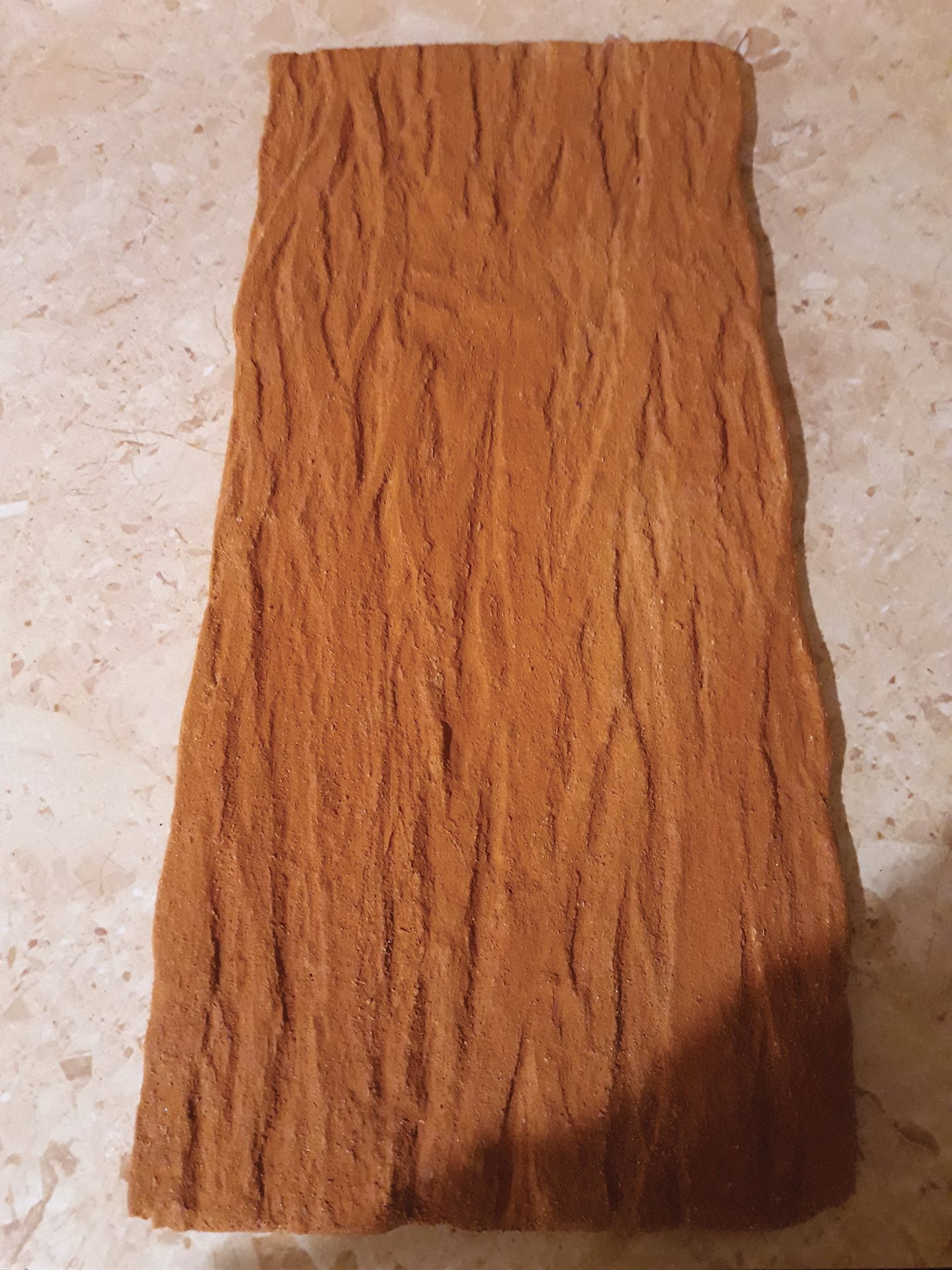
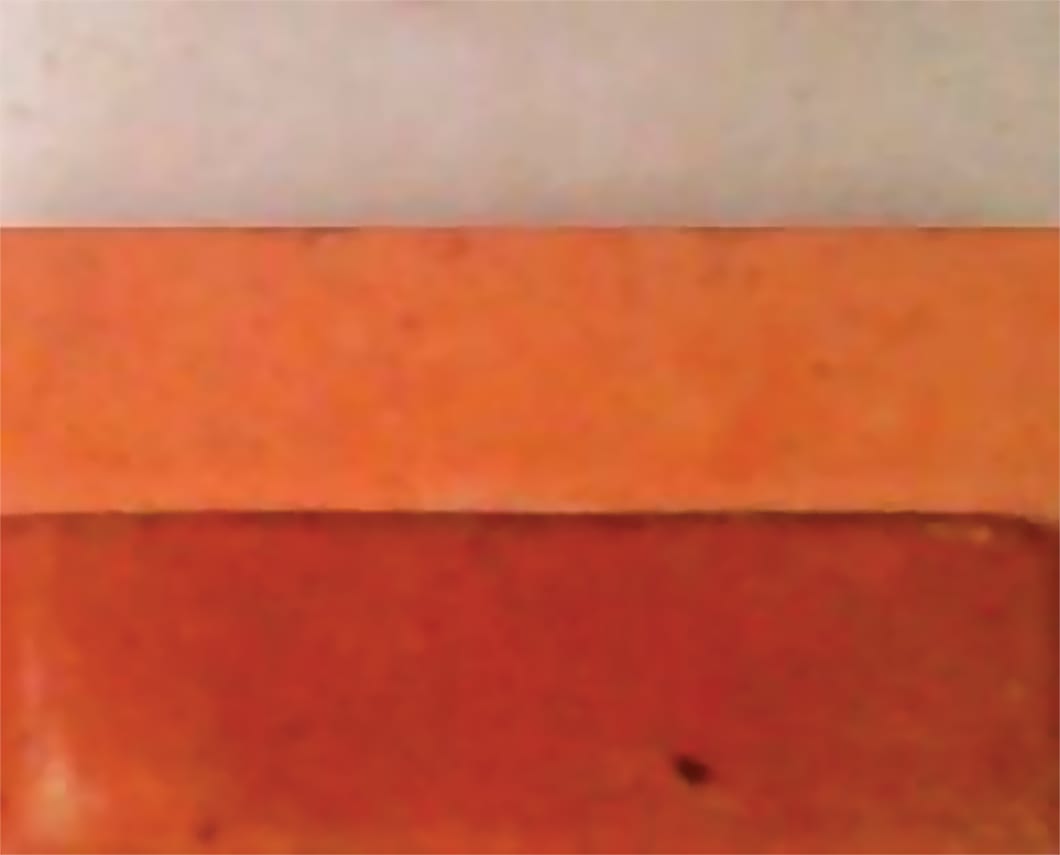
Figure 2. Pigmented Neuskyns (left). Neuskyns slab embossed with redwood bark pattern (right). Credit: NanoArchitech.
Figure 2. Pigmented Neuskyns (top). Neuskyns slab embossed with redwood bark pattern (shown here). Credit: NanoArchitech.
Diverse form factors and use cases
The Neuskyns nanoceramics can be colored to blend in with surrounding materials, and decorative patterns can be applied, as shown in Figure 2. Figures 3 and 4 (described below) show two successful use cases for the material in the Caribbean and Canada, demonstrating the breadth of its usefulness.
Between 2014–2017, more than 200 prefabricated ceramic structural insulated panel (C-SIP) homes were built in the Caribbean (Figure 3). The homes were simple two- or three-bedroom houses with a 3⁄8-in. finish of nanoceramic over a Styrofoam core attached to a steel frame. The homes were prefabricated in Florida and moved by truck and ferry to the island sites. Selph designed the C-SIPs in accordance with Miami-Dade high hurricane resistant building codes. The successful installations have now withstood two category 5 hurricanes without damage, and they set a precedent for higher standards of building in the Caribbean hurricane corridor.
At the other weather extreme, Neuskyns nanoceramics were used to repair a set of bridge walls in a frigid Canadian environment (Figure 4).

Figure 3. The first Neuskyns nanoceramic housing designed for hurricane resilience in the Caribbean. Credit: NanoArchitech.
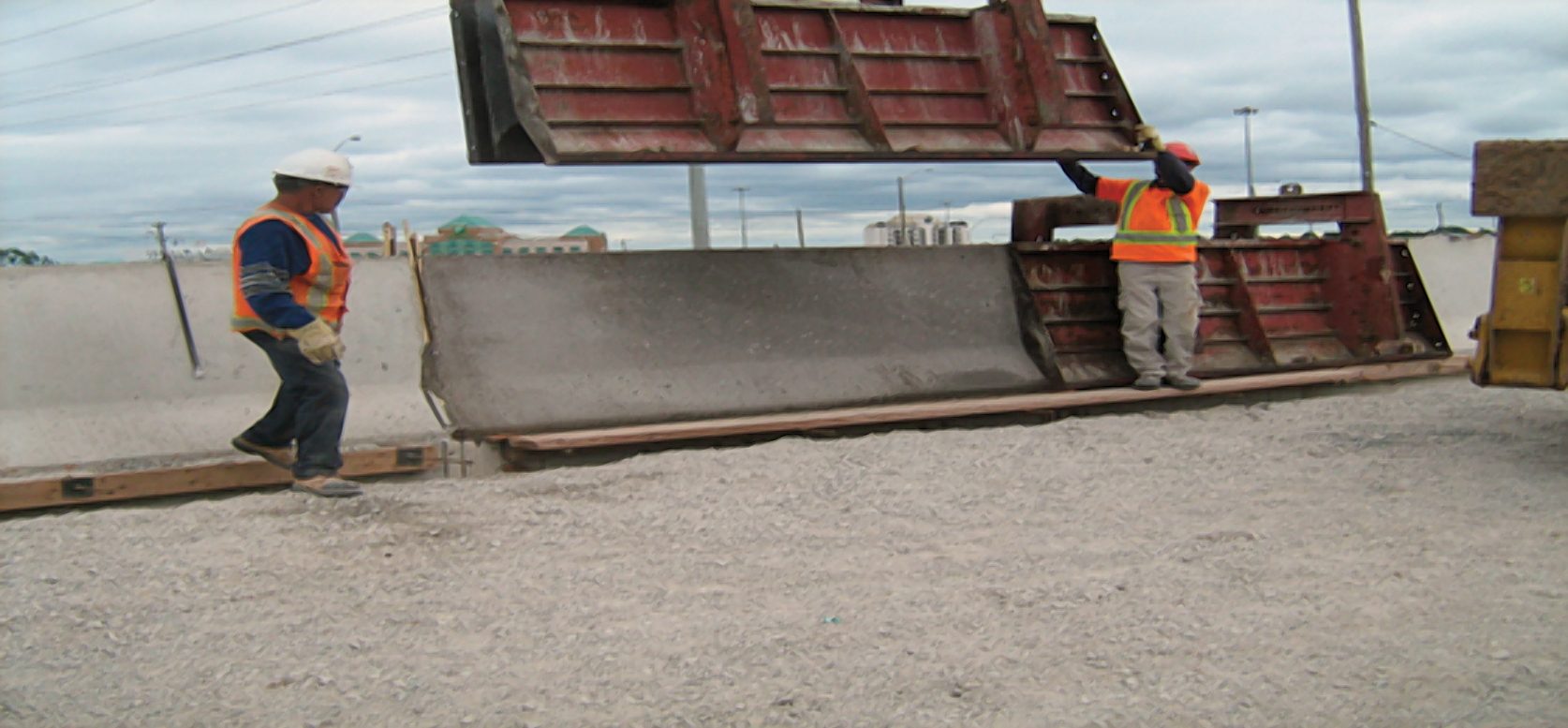
Figure 4. Bridge walls cured in less than two hours in subzero temperatures in Ontario, Canada. Credit: NanoArchitech.
Conclusion
The United Nations’ plea to “Build Back Better” needs immediate answers and a robust response with new materials. Current legacy materials do not hold up to the extreme weather patterns that the world is now experiencing.
The NanoArchitech team is confident that nanoceramic composites hold the key to withstanding the challenges that are threatening the built environment. And after more than 10 years of investigations and trials, NanoArchitech’s products have proven their worth in extreme temperatures and hurricane corridors.
NanoArchitech’s unique “green chemistry” process has led to the continued development of new nanocomposites with low- to zero-carbon footprints. Plus, by eliminating the traditional heat-intensive manufacturing process for ceramics, production cost could be reduced by at least 50% as these products become mainstream.
Of course, there are ceramic materials that will continue to require kiln processing. Exploration is underway to neutralize the footprint, while recognizing that for buildings, price must be affordable.
We invite you to partner with us in this worldwide race to net zero.
About the author
Jan Thoren is cofounder and CEO of NanoArchitech following a 25-year career as an architect. Contact Thoren at jan@nanoarchitech.com.


